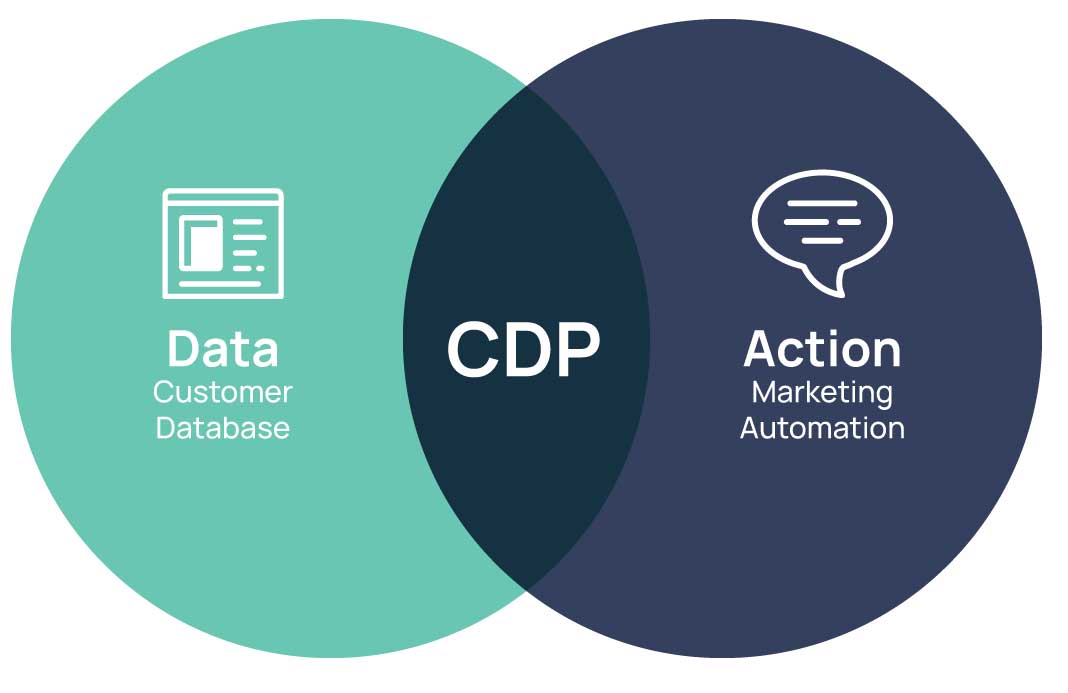Solving the Use Case
Overview
By identifying and comprehending the distinct requirements of diverse populations, healthcare providers can craft personalized care plans and implement precise interventions.
Unfortunately, many healthcare providers don't have a single model to generate the 360-degree views needed to calculate patient risk.
Current Gaps
Providers heavily rely on a patchwork of systems to store patient information, each serving its own purpose. From clinical insights to demographic details, a wealth of data is available.
However, the lack of integration among these systems - electronic health records (EHRs), communication platforms, and insurance systems - leads to discrepancies in data. This poses a challenge in creating comprehensive patient profiles that encompass vital health, demographic, and insurance information, essential for assessing patient risk.
Individually, the data holds limited value and falls short of building a holistic patient index.
To bridge these gaps and unite clinical and non-clinical data is paramount to generate accurate risk scores. By solving the use case, providers can ensure no patient is left behind.
Solution
To effectively address this use case, an optimal solution involves leveraging a Customer Data Platform (CDP) like Salesforce Data Cloud. This allows for the aggregation of data from various sources within the healthcare ecosystem, resulting in a unified view of each patient. This comprehensive view encompasses clinical data from Electronic Health Records (EHRs), demographic data from Customer Relationship Management (CRM) systems, marketing data from automation tools, and insurance information from Enterprise Resource Planning (ERP) systems.
With this consolidated data, healthcare providers can create risk scoring models based on factors such as health information, socioeconomic status, and population health. By monitoring trends against the risk model, providers gain valuable insights that enable them to schedule appropriate interventions. These interventions not only improve health outcomes but also contribute to the reduction of healthcare costs.
In summary, by utilizing a CDP like Salesforce Data Cloud, healthcare providers can effectively aggregate and analyze data from multiple sources, leading to a holistic understanding of patients. This understanding empowers providers to make informed decisions and take targeted actions that enhance both patient well-being and cost-effectiveness of care.

![]()


